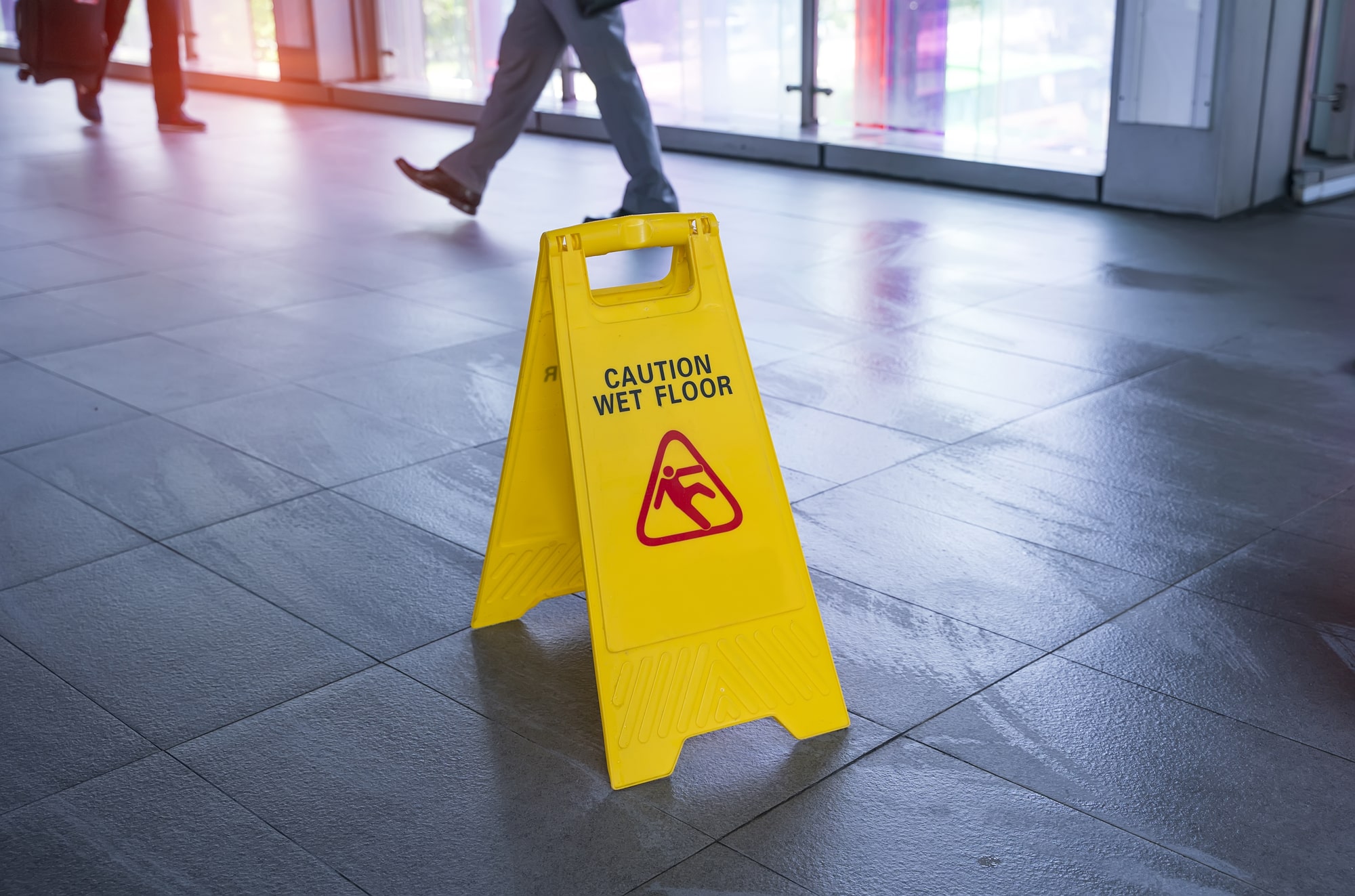
In today’s dynamic work environment, ensuring the safety and well-being of employees is paramount. Accidents, unfortunately, can happen in any workplace, from construction sites to office settings. This is where workers’ compensation comes into play — a crucial system designed to protect both employees and employers when work-related injuries or illnesses occur as a slip and fall lawyer can explain.
What Is Workers’ Compensation?
Workers’ compensation is an insurance program mandated by law in most jurisdictions. It provides medical benefits and wage replacement to employees who suffer job-related injuries or illnesses. In return, employees typically relinquish the right to sue their employer for negligence, creating a no-fault system that benefits both parties as our friends at Garrett, Walker, Aycoth & Olson, Attorneys at Law can share.
Why Is It Important?
For Employees:
- Financial Protection: Workers’ compensation covers medical expenses, rehabilitation costs, and a portion of lost wages during recovery.
- Peace Of Mind: Knowing there’s a safety net allows employees to focus on recovery without the added stress of financial instability.
- No Need To Prove Fault: Employees receive benefits regardless of who was at fault, simplifying the claims process.
For Employers:
- Legal Protection: Employers are generally protected from lawsuits related to workplace injuries, reducing legal expenses.
- Employee Retention: Providing support during tough times fosters loyalty and can improve overall morale.
- Compliance: Meeting workers’ compensation requirements helps businesses avoid penalties and maintain good standing with regulatory bodies.
How Does It Work?
- Immediate Reporting: When an injury occurs, the employee should report it to their supervisor as soon as possible. Prompt reporting ensures timely medical care and initiates the claims process.
- Medical Evaluation: The employee seeks medical attention, sometimes from a provider approved by the employer’s insurance company.
- Filing A Claim: The employer and employee complete necessary paperwork to file a workers’ compensation claim with the insurance provider.
- Claims Review: The insurance company reviews the claim to determine eligibility, which may involve investigating the circumstances of the injury.
- Benefit Disbursement: If approved, the employee receives benefits covering medical expenses and a portion of lost wages. Benefits continue until the employee returns to work or reaches maximum medical improvement.
Common Misconceptions
- “I Can’t Get Workers’ Comp if the Accident Was My Fault.” Workers’ compensation is a no-fault system. Employees are eligible for benefits regardless of who caused the accident, barring certain exceptions like intentional self-harm or impairment due to substance abuse.
- “Only Serious Injuries Are Covered.” Workers’ comp covers a range of injuries and illnesses, from minor sprains to chronic conditions caused by repetitive motion or exposure to hazardous materials.
- “Filing a Claim Will Hurt My Employer.” While premiums can be affected by claims, workers’ compensation exists to protect both employees and employers. Open communication often leads to better safety practices, benefiting everyone.
Best Practices For Employers
- Maintain a Safe Workplace: Regularly assess risks and implement safety protocols to prevent accidents.
- Educate Employees: Provide training on safety procedures and the importance of reporting injuries immediately.
- Streamline Reporting: Establish clear processes for reporting injuries to ensure timely claims processing.
- Stay Compliant: Keep up-to-date with regulations to avoid penalties and ensure adequate coverage.
Workers’ compensation is an essential component of the employer-employee relationship, promoting a safer work environment and providing a safety net when accidents occur. By understanding how it works and dispelling common myths, both employees and employers can navigate the system effectively. If you have questions we recommend speaking with a lawyer.




